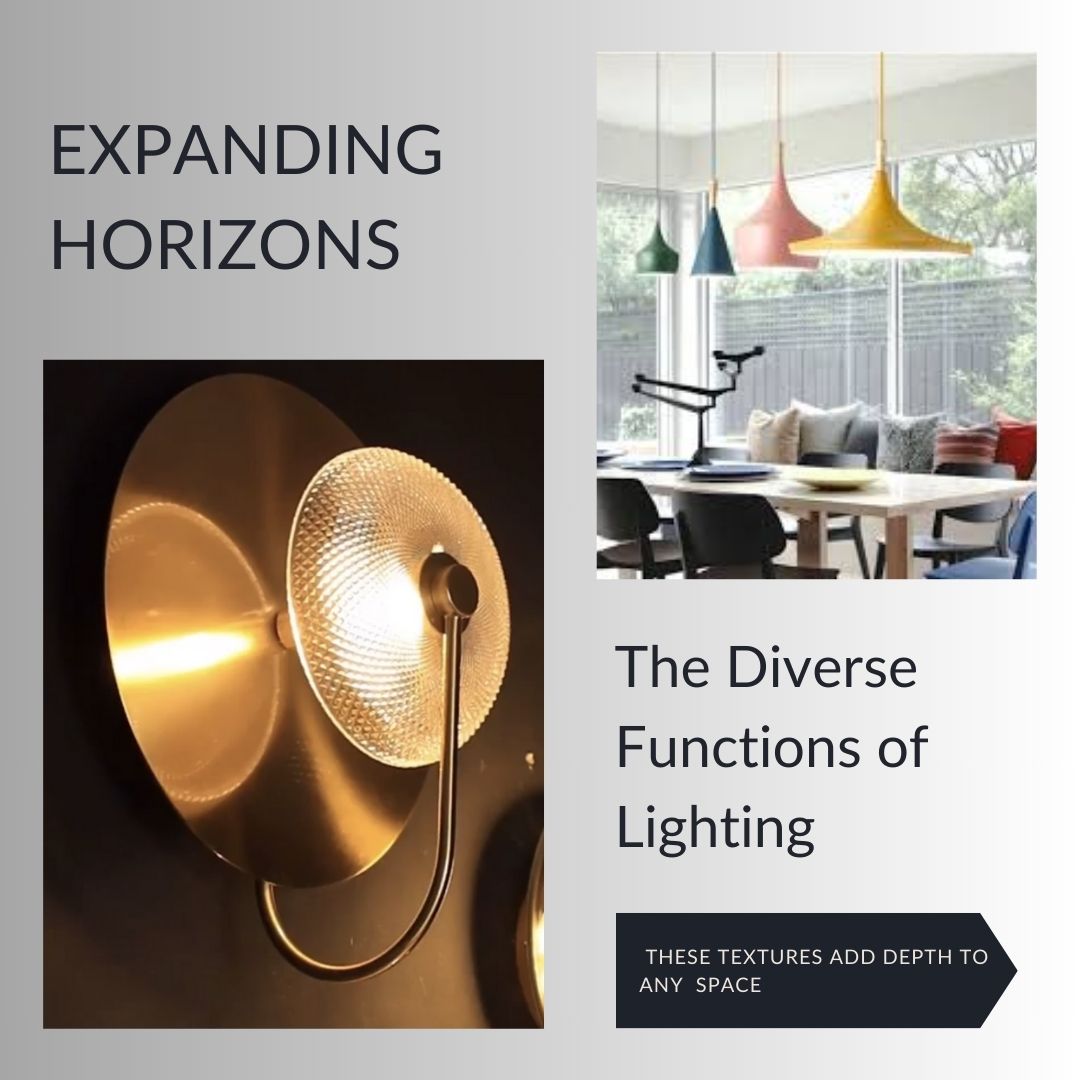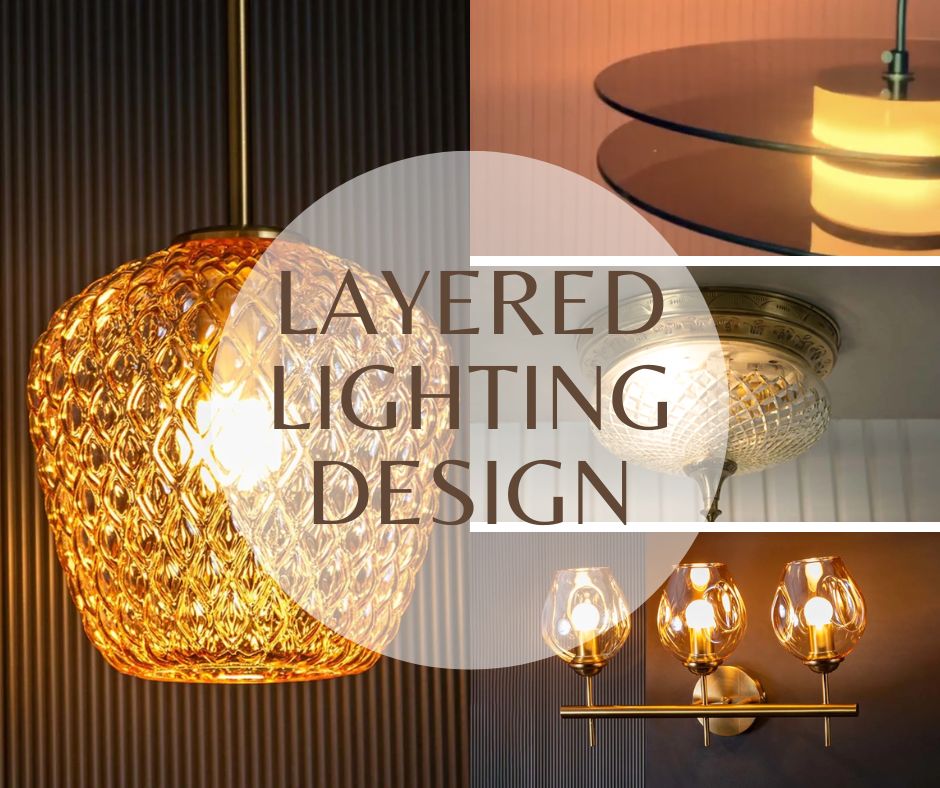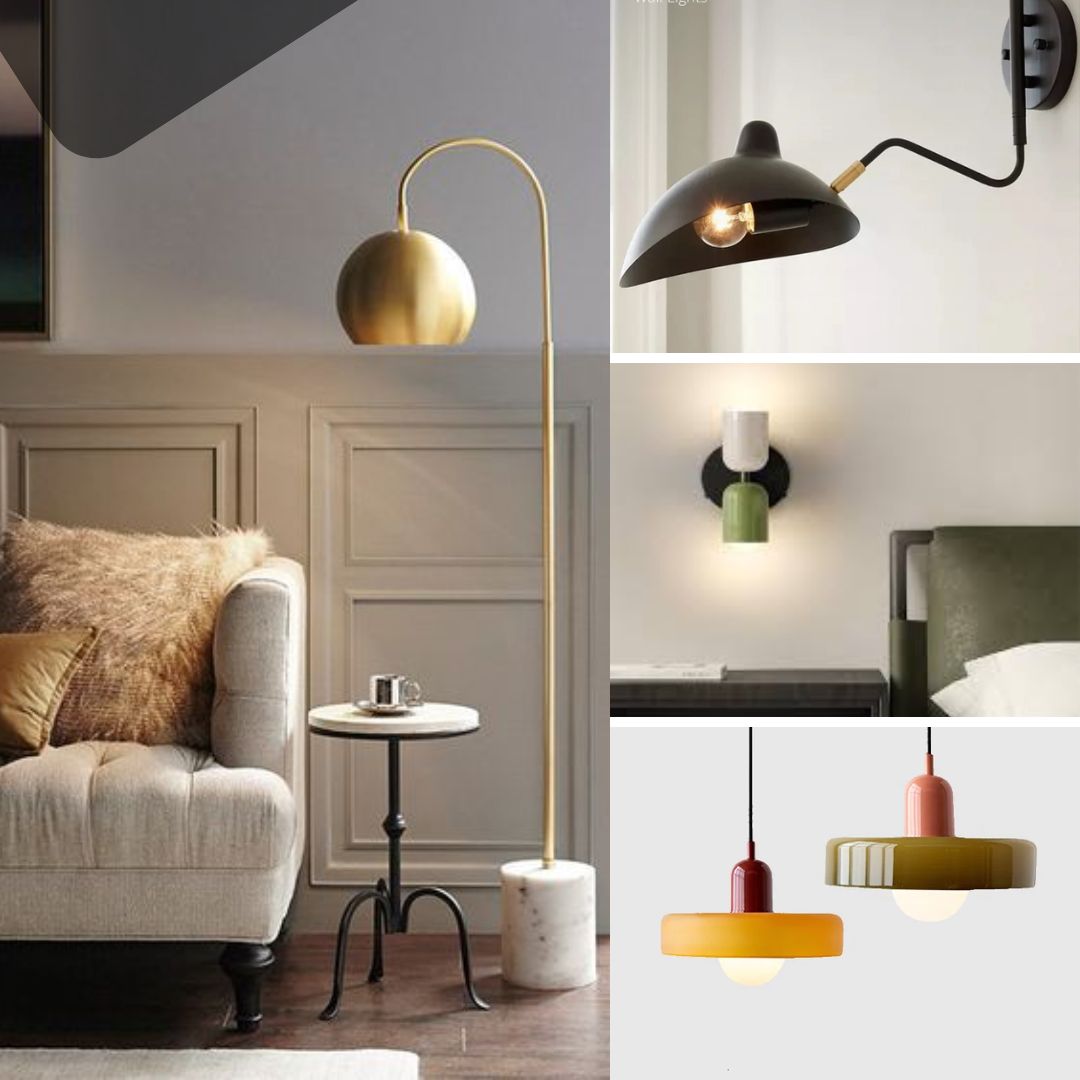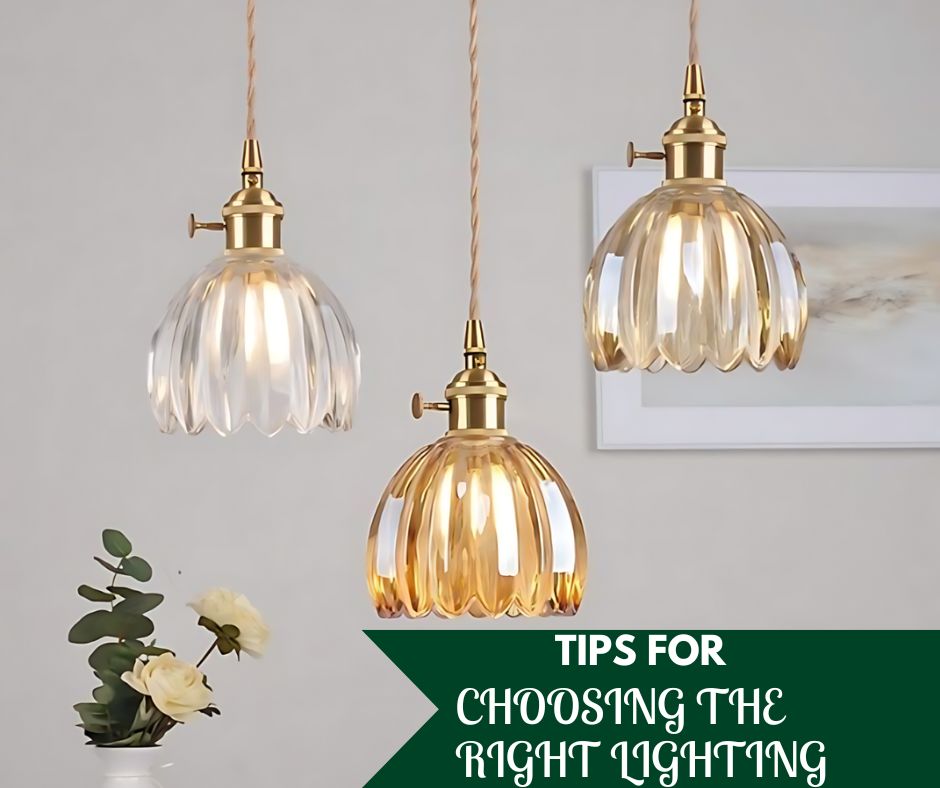We often underestimate the power of lighting in our homes. It's easy to flip a switch and assume a room is simply lit or dimly lit. But proper lighting goes far beyond basic illumination. It's the invisible hand that shapes the atmosphere, functionality, and even your mood within a space.
Expanding Horizons: The Diverse Functions of Lighting

Think of lighting as the stage director of your living space. It sets the scene, highlights the actors (furniture and decor), and creates the overall mood of the performance. Here's a deeper dive into how proper lighting plays a multifaceted role:
- Mood Magic: Dim, warm lighting with decorative table lamps and wall light creates a cozy and inviting atmosphere, perfect for unwinding after a long day. In contrast, bright overhead lighting with cool tones is ideal for tasks that require focus, like reading or working on a project.
- Function Follows Form: Task lighting ensures you have the right amount of light for specific activities. Under-cabinet lighting in the kitchen makes food prep easier, while a well-lit desk lamp prevents eye strain while working.
- Highlighting the Stars: Accent lighting draws attention to specific features in a room, like artwork, architectural details, or a prized bookshelf. This creates visual interest and adds depth to the space.
- Spacious and Grand: Strategic lighting placement can make a room feel larger and more open. Uplighting walls or using strategically placed mirrors can visually expand the space.
- Health and Wellbeing: Lighting can even impact our health and wellbeing. Natural light regulates our circadian rhythm, which is essential for good sleep. Harsh lighting can cause headaches and eyestrain, while warm lighting can promote relaxation.
Crafting a Layered Lighting Design

To achieve the best results, consider a layered lighting approach. This involves incorporating different types of lighting to create a cohesive and functional design:
- Ambient Lighting: This provides the overall illumination for a room. It can come from overhead fixtures, recessed lighting, or cove lighting.
- Task Lighting: This focuses light on specific areas for activities like reading, cooking, or working on a desk. Table lamps, floor lamps, and under-cabinet lighting fall under this category.
- Accent Lighting: This highlights specific features or creates a dramatic effect. Wall sconces, track lighting, and spotlights are often used for accent lighting.
Lighting for Different Living Spaces
The ideal lighting setup will vary depending on the room's function. Here are some tips for specific living spaces:

- Living Room: Combine ambient lighting with task lighting for activities like reading or playing games. Add accent lighting to showcase artwork or a fireplace. Dimmer switches allow you to adjust the mood based on the occasion.
- Kitchen: Layered lighting is key in the kitchen. Ample ambient light is essential, supplemented by task lighting under cabinets and over the sink. Pendant lights above a breakfast bar can add a touch of style.
- Bedroom: Create a calming atmosphere with warm, layered lighting. Table lamps on nightstands provide task lighting for reading, while dimmer switches on overhead lights allow for a gradual transition to darkness before sleep.
- Bathroom: Bright, even lighting is essential in the bathroom for tasks like applying makeup or shaving. Consider vanity lighting around the mirror and sconces on either side.
Tips for Choosing the Right Lighting

- Consider the room's size and function.
- Think about the mood you want to create.
- Choose the right color temperature. Warm light is ideal for relaxation, while cool light is better for tasks.
- Don't forget about natural light. Maximize natural light intake during the day, and use blinds or curtains to control its intensity.
- Mix and match fixtures. Don't be afraid to experiment with different lamp styles and fixture types to create a unique look.
- Embrace dimmers. Dimmers allow you to adjust the light level for different activities and moods.
Conclusion: Let There Be Light!
By paying attention to these whispering Homes lighting, you can transform your living spaces into functional, beautiful, and mood-boosting environments. With a little planning and creativity, you can create a lighting scheme that reflects your personal style and enhances your overall well-being. So, ditch the harsh overhead light and embrace the art of layered lighting design. Your home will thank you for it!












